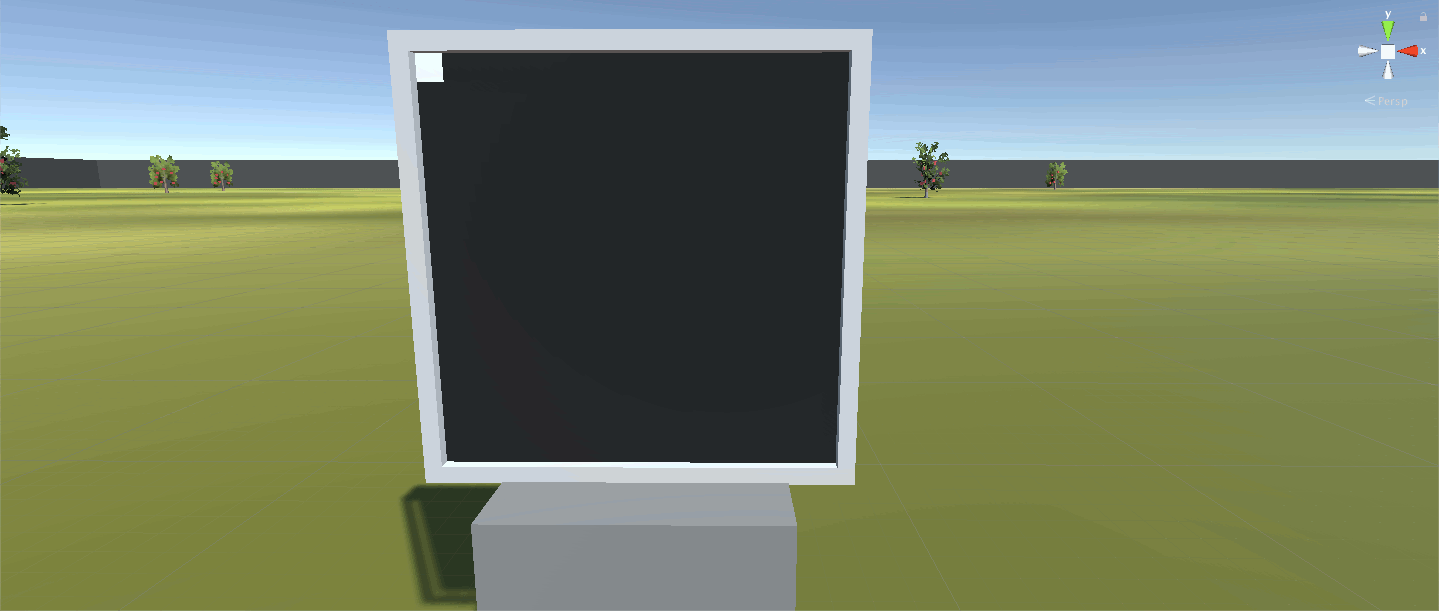I, also not a lawyer, concur with your thoughts on all the legal jargon.
Really solid JS implementation! I've spent a bit of time toying around with it, trying to write a basic Blinkenlights program - I have to admit, having an assembler has spoiled me. Before Senbir, I was toying with an older prototype of the TC-06 architecture, and made a Blinkenlights program with naught but my documentation, and manually writing out the binary code for it. I'm having a bad time of trying to do the same in the JS version, and I'm not willing to pin that on, say, unfinished debug tools or what-have-you. >.<

I think that's probably gonna be my next development project, just trying to optimize things so it's possible to run at even a meagre 1kHz. Well, that, and toying with a networking peripheral. I have an idea for the actual hardware side (i.e, what you have to work with as a programmer), but I'm not sure how to go about letting players actually connect to one another, from a UX standpoint. Do you pick a peripheral in-game, go to the debug screen, type in a real-world IP, and connect to it? Does it automatically host things, or do you have to be a host/connector? Stuff like that.


